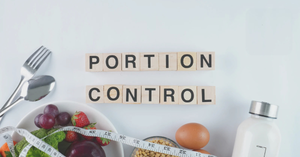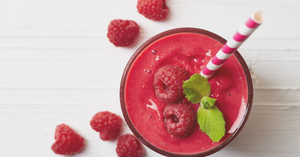Adolescence is the intermediate stage of development that occurs between childhood and adulthood, typically ranging from ages 10 to 19. This period is symbolized by numerous significant physical, emotional, and psychological and reproductive health as well.
Let’s find out why iron is essential for adolescence and how as a parent you can take care of your adolescent child.
Why is Iron Important for Adolescent Males and Females
• Growth and Development
• Menstrual cycles (Females)
• Metabolism
Normal Levels Of Iron
• Males (11-18 years): 20-500 ng/mL
• Females (11-18 years): 20-200 ng/mL
Normal Hemoglobin Levels
• Males (11-14 years): 12.5-15.5 g/dL
• Males (15-18 years): 13.0-16.0 g/dL
• Females (11-14 years): 12.0-15.0 g/dL
• Females (15-18 years): 12.0-16.0 g/dL
Deficiency Levels Of Iron
• Iron Deficiency: Serum below 12 ng/mL indicate iron deficiency.
• Iron Deficiency Anemia: Hemoglobin levels below 13 g/dL for males and 12 g/dL for females
Requirement of Iron for Different Activities
Daily Recommended Iron Intake:
• Adolescent Males (14-18 years): 11 mg/day
• Adolescent Females (14-18 years): 15 mg/day
• Increased Needs: Active adolescents may require more iron to support physical activities, especially in sports or exhausting exercises
Signs of Iron Deficiency in Adolescents Males and Females
• Pale or sallow skin
• Fatigue and weakness
• Decreased athletic performance
• Cold hands and feet
• Brittle nails
Symptoms of Iron Deficiency Anemia
• Fatigue or lethargy
• Shortness of breath during physical activity
• Dizziness or lightheadedness
• Heart palpitations
• Restless legs syndrome
Sources of Iron
1. Heme Iron (more easily absorbed):
• Red meat (beef, lamb)
• Poultry (chicken, turkey)
• Fish (salmon, tuna)
2. Non-Heme Iron (plant-based sources):
• Legumes (lentils, beans, chickpeas)
• Tofu
• Dark leafy greens (spinach, kale)
• Fortified cereals and grains
• Nuts and seeds (pumpkin seeds)
Problems Associated with Iron Deficiency
• Cognitive Impairments: Poor memory issues
• Physical Weakness: Decreased strength for sports and physical activities
• Delayed Growth: Stunted growth or late puberty
• Weakened Immune System: Increased infections
Ways to Prevent Iron Deficiency In Adolescents
• Balanced Diet: Ensure a diet rich in iron-containing foods, including both heme and non-heme sources.
• Foods: Include iron-fortified cereals and grains in the diet.
• Vitamin C: Consume foods high in vitamin C alongside iron-rich foods to enhance absorption.
• Regular Screening: Periodic blood tests during routine check-ups to monitor iron levels, especially for menstruating females and athletes.
Conclusion
Adolescence is a stage that requires proper nutrition, hormonal imbalances are a major concern. Iron is vital during adolescence for growth, development, and overall health. Dealing with iron deficiency through proper dietary intake and monitoring can help adolescents maintain optimal health and well-being. Adolescent girls should take a little extra care if they are prone to iron deficiency.








Be the first one to comment on this story.